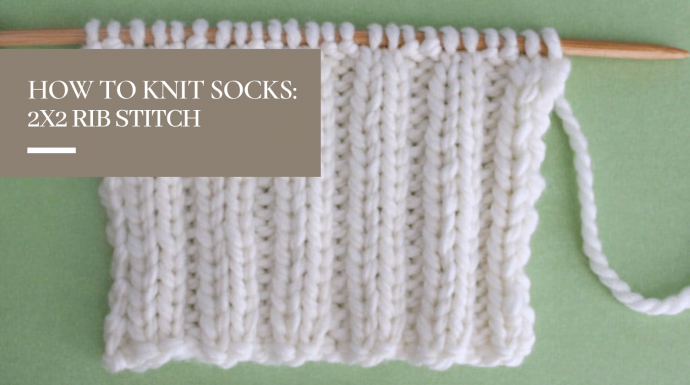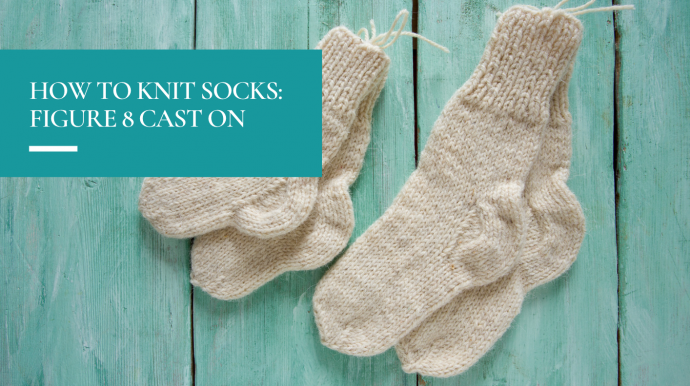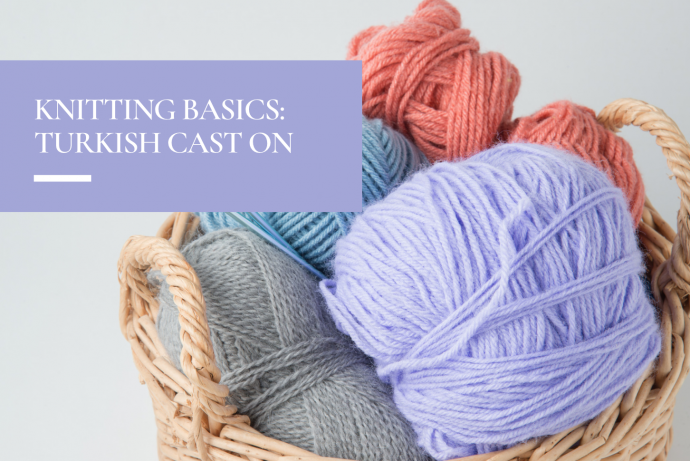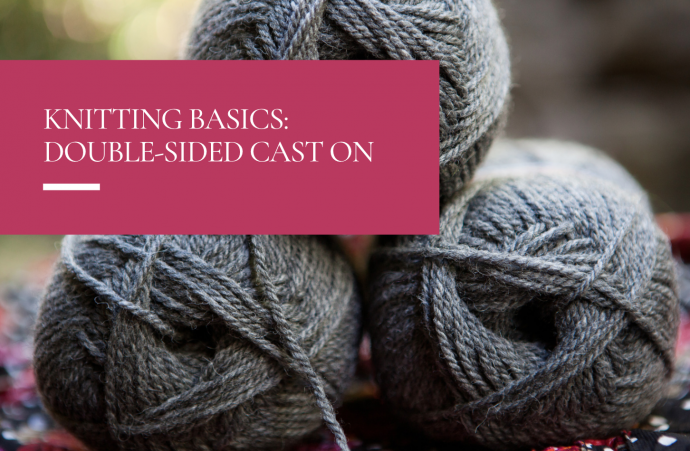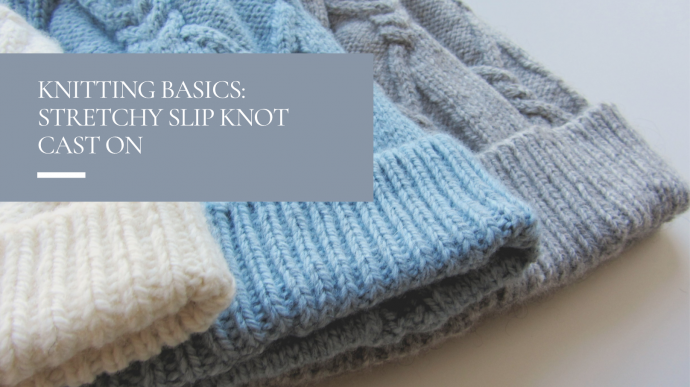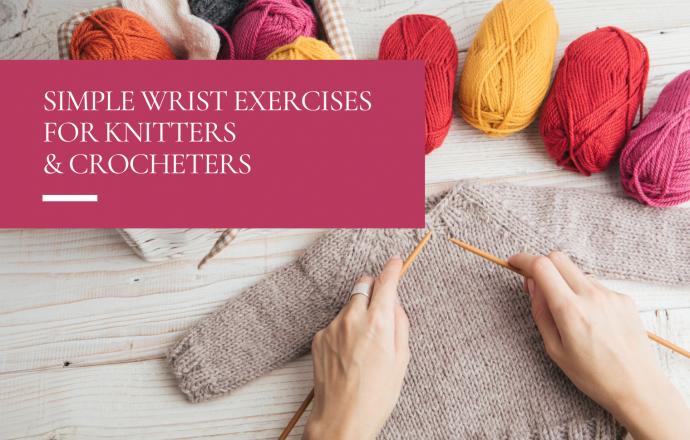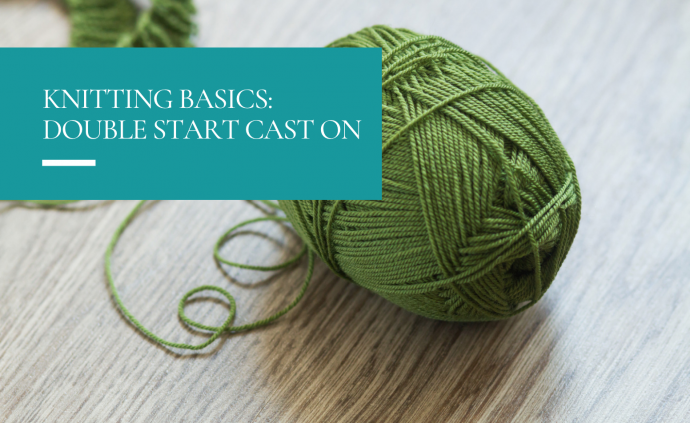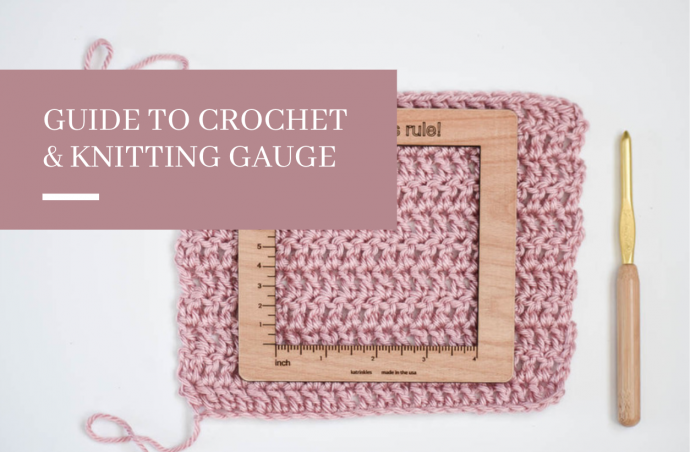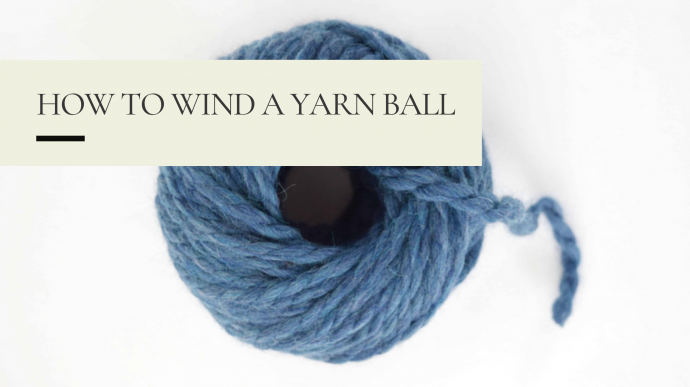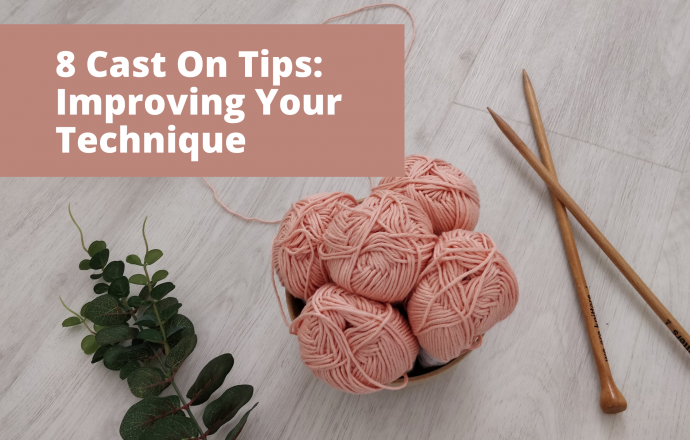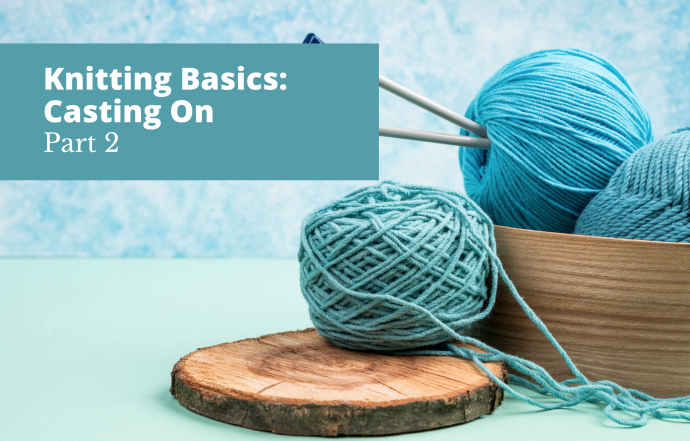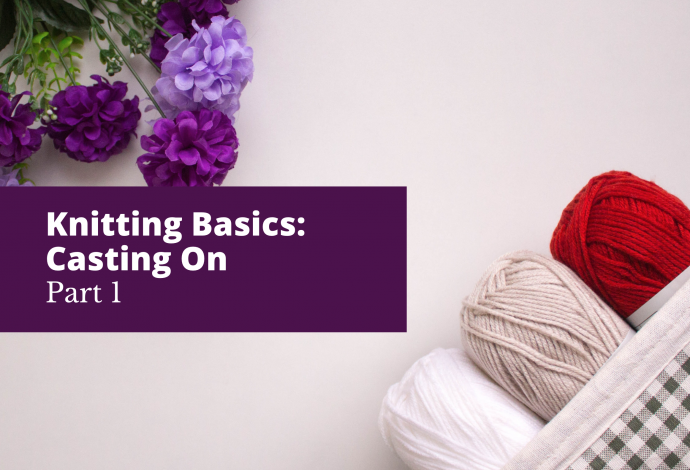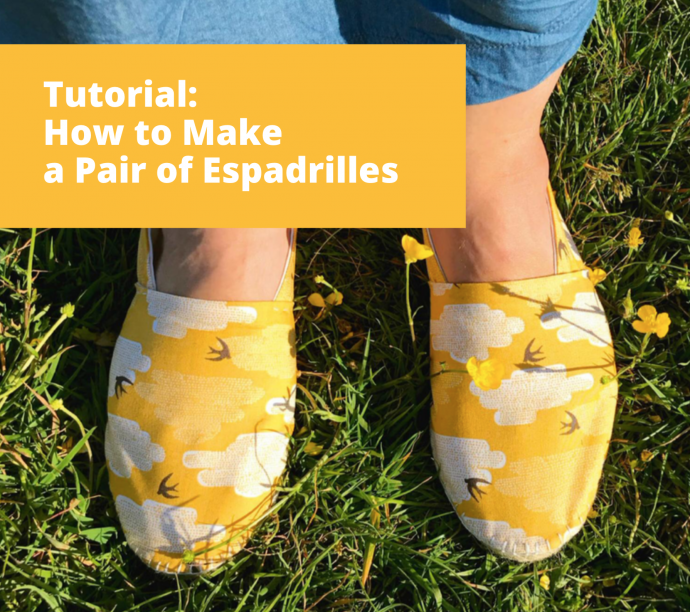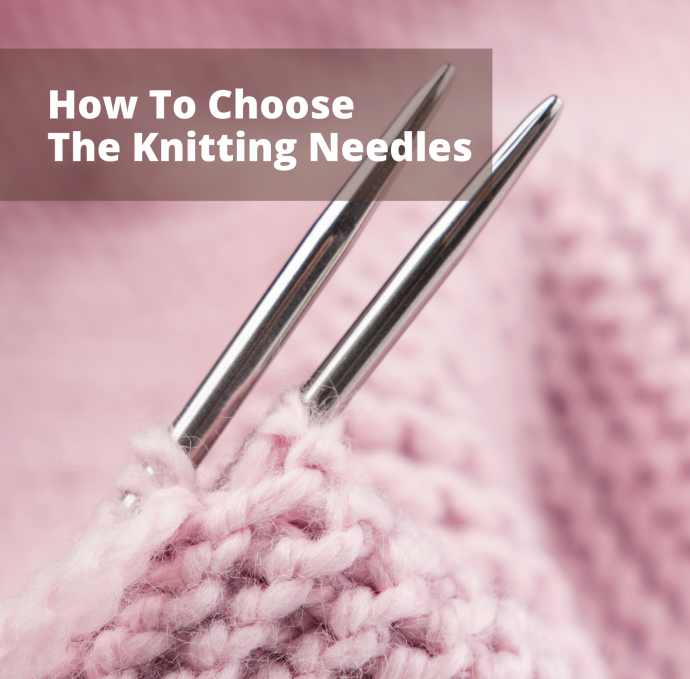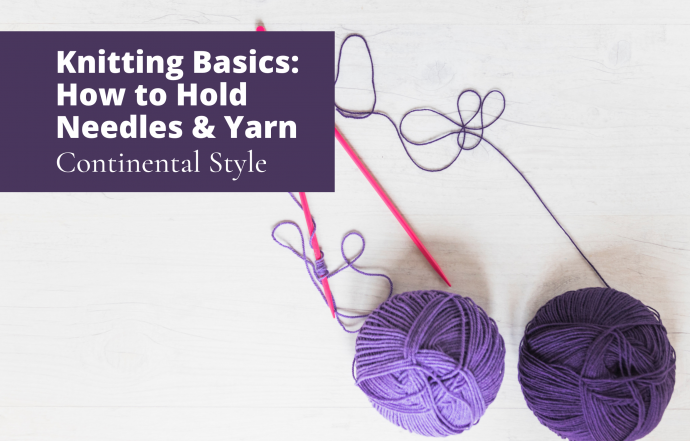Knitting
Create topics
How to Wind a Yarn Ball Without Special Equipment
All you need is an empty paper towel roll, scissors, and a lovely skein of yarn. Step 1 You will need scissors, and a paper towel or toilet paper roll. Step 2 Cut two slits in the top of the paper towel roll. Step 3 Unwind your hank of yarn, and place the end of the yarn into the slits. Step 4 I like to leave the tail tucked inside the paper towel roll so I can easily find it to make a center pull ball. It’s best to drape the hank over a chair back, or even your knees, to keep it from tangling whil...
8 Cast On Tips: Improving Your Technique
When casting on, especially when you are learning, leave more yarn than you think you need between stitches or your first row after casting on will be extremely tight and difficult to work. A good rule of thumb is that there should be a space about the width of a stitch between cast-on stitches on your needle. Do you experience any troubles with casting on? Tell me in comments!
Mastering Knitting Basics: Cast on. Part 2
Don’t worry if your cast-on row looks uneven when you first try it. Practice makes perfect, so pull all the yarn off the needle and have another go. Once you know how to cast on knitting, you can get going with any project you like.
Mastering Knitting Basics: Cast On
Every knitting project, whether simple or advanced, requires you to use any of casting on techniques. Try to master these techniques at home, and next time I’ll focus on some other useful methods such knit-on, cable, tubular, invisible and provisional cast ons. If you like this format of short knitting guides, please let me know down in comments, and I’ll prepare a series of such tutorials, and hopefully videos, who knows! See you soon! Happy knitting!
Tutorial: How to Make a Pair of Espadrilles + Printable Patterns
You will need: Espadrille soles Outer fabric – 1 fat quarter (approx. 55x50cm) Lining fabric – 1 fat quarter (approx. 55x50cm) Needle Embroidery thread (or strong thread) Pins Fabric Scissors Knitting needle Iron Sewing machine (optional – can be sewn by hand) Pattern templates (check below) Directions 1 Print out the templates (find below) and choose your size. The templates do not include your 1cm seam allowance – you can either draw this on to the template before cutting out or, as I ...
Knitting Needles: Types & How to Choose
When choosing a needle for your project there are two main things that you will need to consider. First, you will need to decide which type of needle you need. The second thing you will need to decide is the material of the needle. The main types of needles are circular, single point (straight needles), and double point. Let me cover the reasons for using each type. Circular Needles These might be the most versatile knitting needle out of them all. Circular needles are the perfect choice for knitting ...
Knitting Basics: How to Hold Yarn and Needles – Continental Style
I recommend trying a new knitting style on an entire small project before deciding whether it is right for you. It may take more than a small swatch for your hands to get comfortable with a new knitting style. Feel free to modify how you hold the needles or tension your yarn to make it work best for you. Give yourself some time (at least 2 weeks!) to get used to this method but once you get the hang of it, it really becomes a very quick, easy, and relaxing way to knit. I hope this short guide is helpful ...

